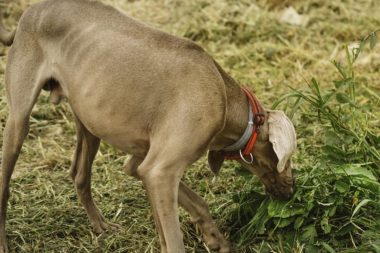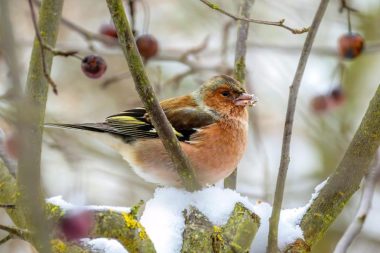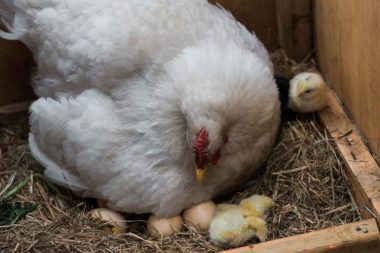If the Eurasian Jay was formerly classified as a pest, it is no longer since this classification was canceled by the Council of State in 2014. Beneficial to biodiversity and now protected, here’s why the Eurasian Jay is not a harmful bird.
Summary
Contents
The Eurasian Jay, a bird that contributes to the forest ecosystem
The reputation of the Eurasian Jay as a pest comes from its tendency to feed on corn plantations, as well as on the nests of small passerines.

This reputation is no longer relevant today, as the concept of pest has no meaning in biology, since all species play a useful role in ecosystems. In fact, the Eurasian Jay simultaneously participates in regulating bird populations and in forest regeneration.
Indeed, in preparation for winter, this corvid stores seeds (including acorns) that it buries under layers of dead leaves and moss.
Unable to consume all of its reserves, some of these abandoned seeds eventually germinate and give birth to new plants.
It is estimated that the Eurasian Jay largely contributed to the colonization of the Calais plateau by oaks at the end of the Neolithic period.
Important to know: this corvid attacks nests of passerines much less in the thickest and most closed forests. Indeed, the less fragmented the forest spaces are and the denser, richer, and more diverse the forests are, the less predatory behavior the Eurasian Jay exhibits. It is worth noting that the degradation of forest habitats is directly linked to human activity.
The profile of the Eurasian Jay
Like the crow or the Jackdaw, the Eurasian Jay is a medium-sized corvid that stands out from other birds in this family due to its colorful plumage.

It is notably recognized by its erect crest and the black band that extends from its beak and highlights its white-blue iris.
The feathers on its head are finely striped with black and white. The body has a pinkish-brown color on the upper side, slightly lighter on the underside, and white on the rump and lower belly. The tail of the Eurasian Jay is black, while the primary feathers of its wings are bright blue and black.
Note that there is no sexual dimorphism in this species, as males and females have the same physical characteristics.
Behavior
Timid and cautious, the Eurasian Jay is heard more than it is seen. Its song consists of hoarse and strident cries typical of corvids. It is also capable of imitating the cry of birds of prey, in order to deceive its predators, especially the Northern Goshawk.

Monogamous, this corvid displays the richness of its vocal repertoire during the breeding period in late winter.
Habitat
The Eurasian Jay is a forest bird, especially during the breeding period. It mainly occupies deciduous forests, oak-hornbeam forests, and beech forests, although it is also found in mixed forests or coniferous forests.

Outside the breeding period, it can adapt to semi-open environments (parks, groves, gardens, hedgerows, orchards, agricultural areas, etc.).
- Why do birds sing at 5 am?
- Bird feeding: 5 tips from an ornithologist
- The 10 most observed bird species in our gardens in 2023
Diet
The Eurasian Jay is an omnivorous bird, but it is particularly fond of acorns, which make up about 50% of its summer diet. This appetite is actually the origin of its name.
In autumn, the bird stores reserves of cereal seeds. Thanks to its visual memory characteristic of corvids, the Eurasian Jay is perfectly capable of finding its reserves, even when they are hidden by snow.









